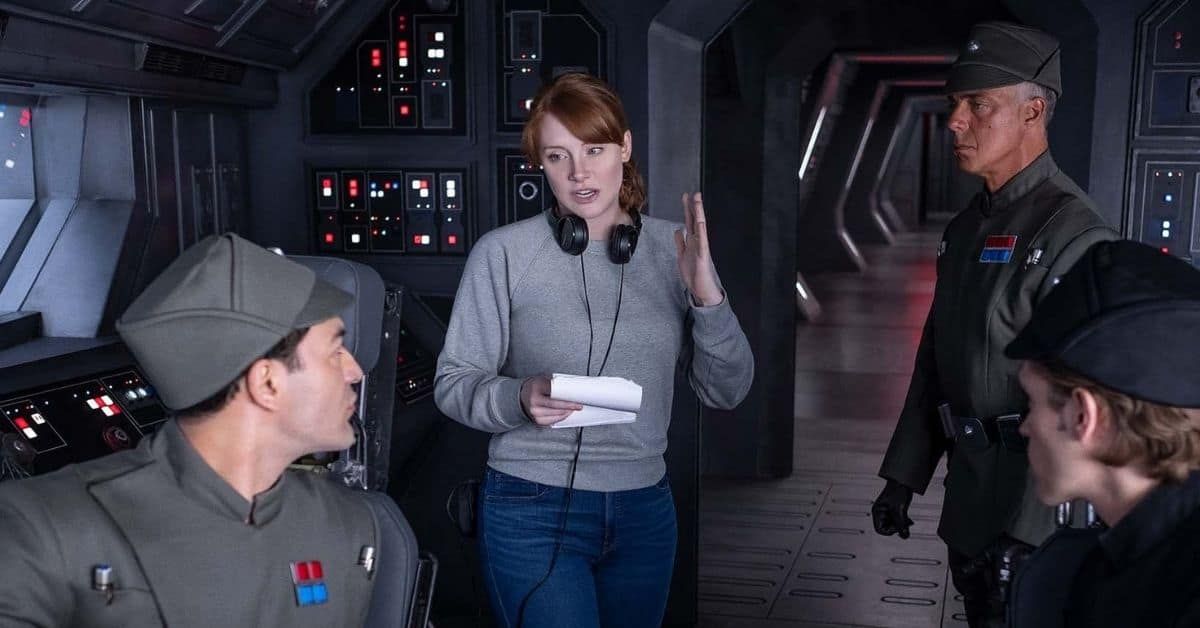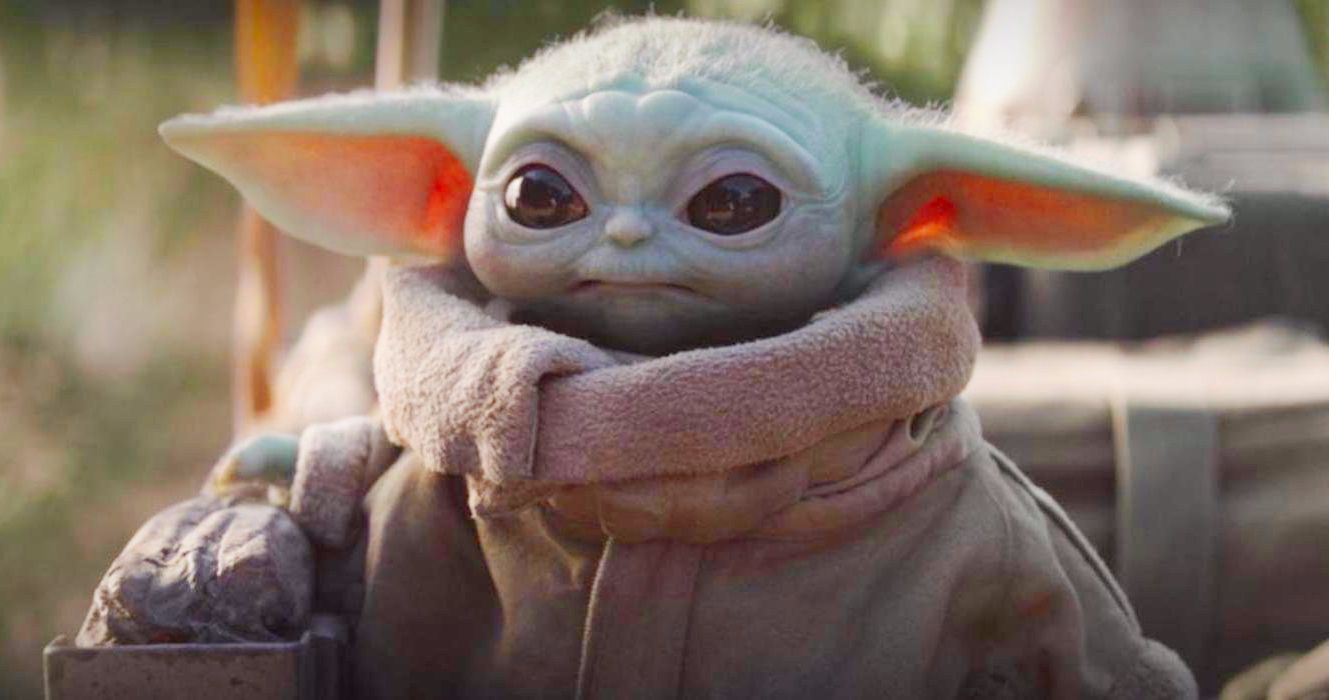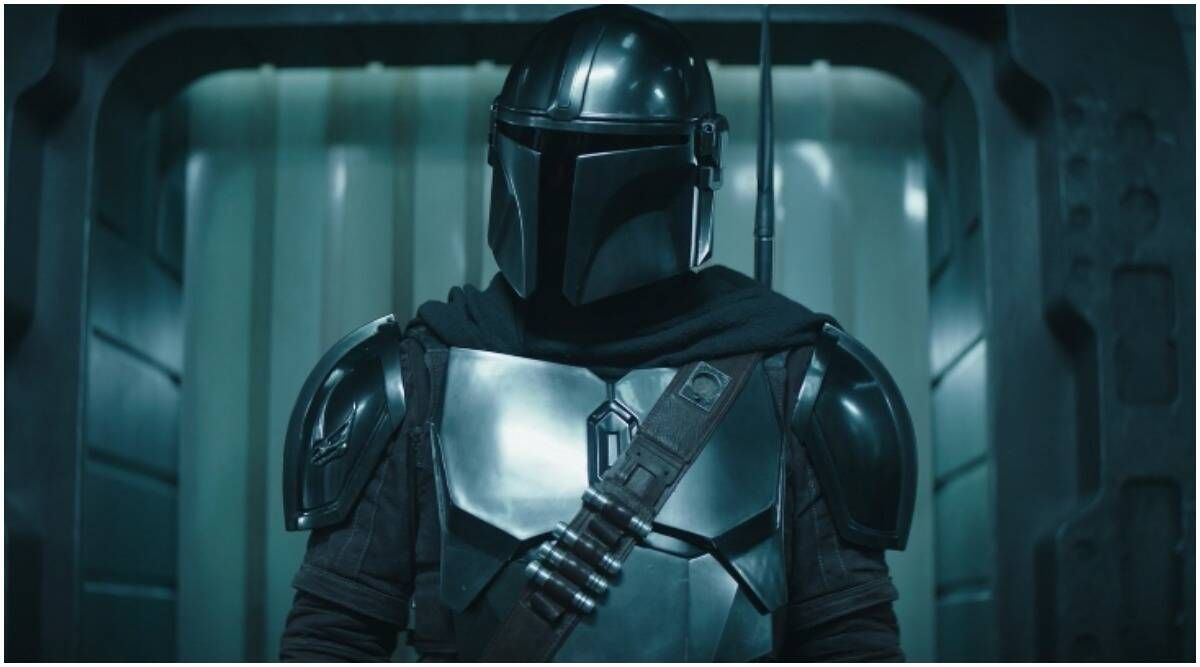Actress and director Bryce Dallas Howard gets Star Wars. She really gets it in a way we haven't seen, aside from Jon Favreau and Dave Filoni, since George Lucas himself. Howard brings a fierce but affectionate, somber yet intimate realism to the Star Wars universe with her critical directorial achievements in two original The Mandalorian episodes and one The Book of Boba Fett episode. She brings a Star Wars aficionados' and a woman's much-needed perspective to the universe.
Fans have not agreed on having a good Star Wars cinematic experience since Rogue One, and even that took some time for everybody to flesh out their opinions. Imagine Howard crafting something as touching and inspiring for the big screen as she has for Disney+. That is why fans and critics everywhere are practically crying out for her to come to the rescue and infuse a big-screen trilogy with the same qualities as she has for the two Disney+ series.
Howard's The Mandalorian
Bryce Dallas Howard's career began as an actress in movies like Spiderman 3, The Village, and Gold, before being cast as a lead in the Jurassic Park revival, Jurassic World. The daughter of acclaimed actor and director Ron Howard, she is now taking the directing profession by storm.
Dallas's first Mandalorian episode was season one's "Sanctuary," which saw Baby Yoda, as he was still then known, playing with his new little friends on a peaceful but threatened agricultural planet. It explored deeper themes like, will Din Djarin ever settle down? Mando develops an understanding with one of the colonists on the planet, Omera, who has a young daughter, in the village that Mando and Cara Dune are hoping to save from a loose AT-ST walker, a remnant from the fallen Empire. Mando and Omera share a brief connection over their roles as protectors and apparent loneliness. Omera tries to remove the Mandalorian's helmet in a touching moment of unspoken interest between them, but Din dutifully stops her in favor of protecting his Mandalorian code. It's the first episode in the series where we see Din struggling with a temptation wholly his own.
In Dallas' "Sanctuary," we get a tender, more intimate picture of our protagonist as he wrestles with the idea of living a peaceful, ordinary life in total antithesis to the one he currently is bound to. There is something else that this episode articulates so well and that revised traditional Star Wars lore. The introduction of the AT-ST is masterful. Its glowing red eyes appear through the dark and foggy swamp as it climbs to full height and towers over the rebels and villagers about to take it down. The AT-ST is such a small part of the Star Wars universe, and yet here, Howard ensures that it takes center stage in all its terrifying glory. It's a significant achievement in a short amount of time and not one to be taken lightly.
Howard's success certainly didn't go unnoticed, as she went on to direct "The Heiress," probably the series' best episode, in season two. The episode introduces Bo Katan, a fan favorite from The Clone Wars series. The first live-action use of this character is a tremendous development in the Star Wars universe, and everything about it is thoroughly satisfying. It depicts the first Mandalorian team-up on the show, watching Grogu bond with some baby frogs, and name-dropping the iconic Jedi, Ahsoka Tano.
Once again, Howard proves her prowess in weaving multiple strands of Star Wars lore until the result is an epic hour of standalone awesomeness, narratively and visually. She also found key moments to stress engaging character developments like Mando's growing devotion to being Grogu's father and the conflict between him and the non-orthodox Mandalorian Bo Katan.
Howard's The Book of Boba Fett
Finally, Howard directed The Book of Boba Fett episode "The Return of the Mandalorian," which saw Din come into the Boba Fett show and make it his own after giving Grogu up to Luke Skywalker to continue his training. Howard's episode was yet another example of humanity in Star Wars. There was a beyond impressive, can't geek out over this enough long-take, following the Mandalorian inside an industrial building. As he goes up an elevator and onto the main floor of a posh casino to deliver his bounty, he limps in great pain due to a wound in his leg from the darksaber.
While it's not as flashy as her stunning combat scenes, long-takes like this sometimes require days of planning, choreographing, and meticulous orchestration of detail. The result is a quietly agonized but somehow calming, information-packed moment in time with the Mandalorian. He is grappling with returning to his old, solo life after losing Grogu. It's subtly heartbreaking and beautiful. There is also the public interstellar transportation scene when Mando sees a young child with their parent in the seats in front of him and is immediately reminded of the days when Grogu was never far from his side. He removes the present forged for Grogu in beskar, looks out the window, and we can infer wonders when, or if, he will ever see his child again.
This scene is eloquent and, again, quietly subtle, telling us everything we need to know about Din's state of mind. These heartfelt, understated character moments that Howard is so skilled at laying out for us are essential for the franchise going forward. It is moments such as Luke staring at the setting suns, wondering when his time will come as the music swells and dies, after all, that made us love this universe in the first place.
Imagine this heart, passion, and pacing back on the big screen.



